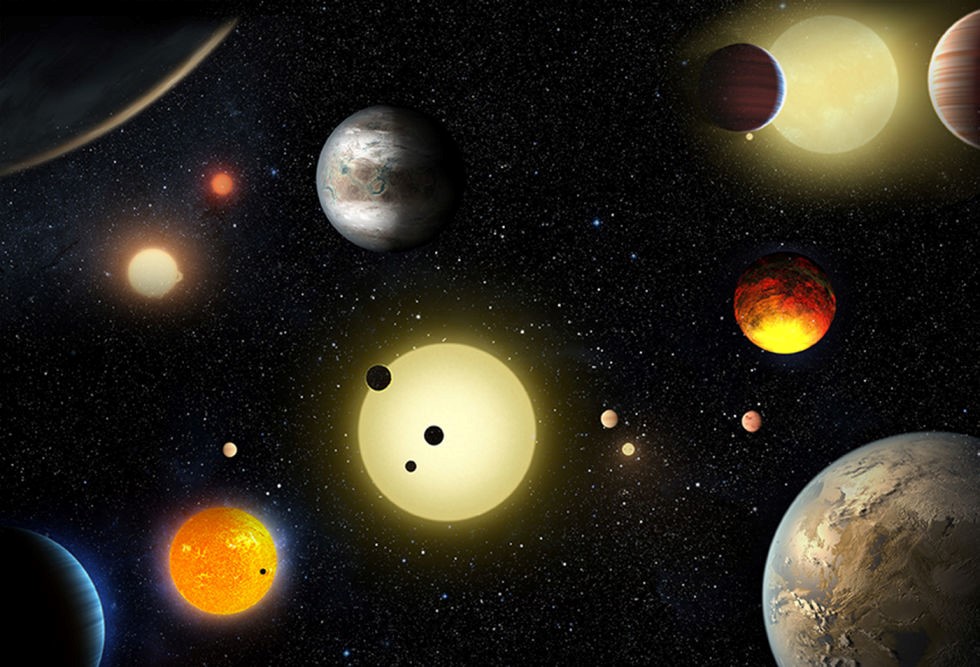
For NASA’s Kepler Space Telescope, documenting potential planets is relatively simple: watch for a specific, discrete signal. Periodic reductions in star brightness indicate that a planet is passing in front of a star. The process is more like a rough estimate, not accounting for the false positives caused by binary star systems. By contrast, near certainty requires a laborious follow-up analysis using ground-based instruments to determine the measure of radial velocity. Given the impossibility of reaching the planets in our lifetime, the rigorous effort hardly warrants the time, but curiosity cannot be stifled.
A few maverick planetary astronomers have made an effort to ease the workload over the past few years, but none have come close to fully automating the process, that is until now. Timothy Morton, associate research scholar at Princeton University, has developed statistical software analysis that asses Kepler data, like the orbital period, and assigns a statistical probability for the likelihood of the observed light dimming being caused by the presence of an orbiting planet. The screening is highly accurate, producing flawless results when tested against previously confirmed exoplanets and false positives.
Applying the new statistical algorithm to Kepler’s July, 2015 catalogue of potential planets, which identified 4,302 candidates, allowed astronomers to confirm with absolute accuracy that 1,284 of candidates are planets, with another 1,327 likely to be planets, but not with the same level of certainty. Within just a few months, scientists were able to more than double the total number of known exoplanets from 984, a count confirmed by Kepler and other observatories over the course of 20 years. Of these, 21 are Earth-sized and reside within close enough proximity to their orbiting star to perpetuate the existence of water in liquid form.
The results bring the mission’s scientists one step closer to quantifying the total number of stars within the galaxy potentially capable of harboring life. “These are the hardest planets to find,” stated Natalie Batalha, co-author of the paper and the Kepler mission scientist at NASA's Ames Research Center, in speaking with Ars Technica.
Within the first four years of its flight, the Kepler mission focused on M-class stars—reddish stars fainter and lower mass than our Sun—observing about 150,000 distinct entities. Batalha explains that 24-percent of the stars harbor potentially habitable, Earth-sized worlds; therefore, when taking account of the total number of M-class stars in the galaxy and overall probability of life-sustaining planets, the figure comes closer to 10 billion habitable planets.
“Before the Kepler space telescope launched, we did not know whether exoplanets were rare or common in the galaxy. Thanks to Kepler and the research community, we now know there could be more planets than stars,” said Paul Hertz, Astrophysics Division director at NASA Headquarters. “This knowledge informs the future missions that are needed to take us ever-closer to finding out whether we are alone in the universe.”
Scientists hope to finish indexing the July 2015 planetary data by October 2017, while Kepler continues gathering observational data. Morton’s statistical analysis makes it easier for NASA to begin a new phase of research that closely analyzes the Earth-like planet candidates.
Source: Ars Technica viaNASA.gov
Advertisement
Learn more about Electronic Products Magazine





